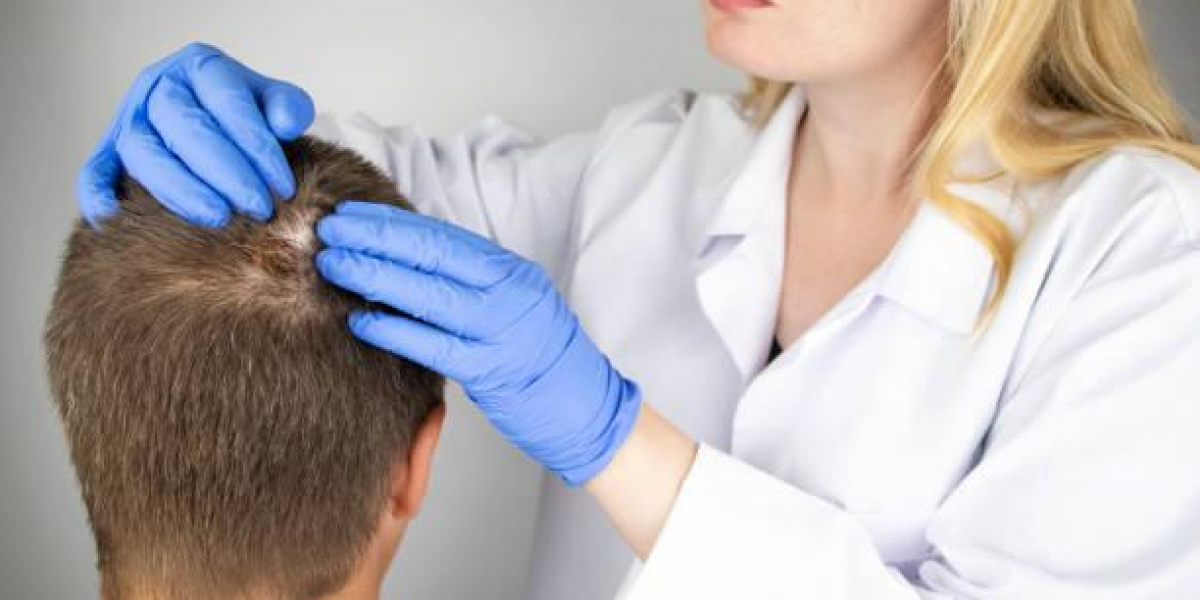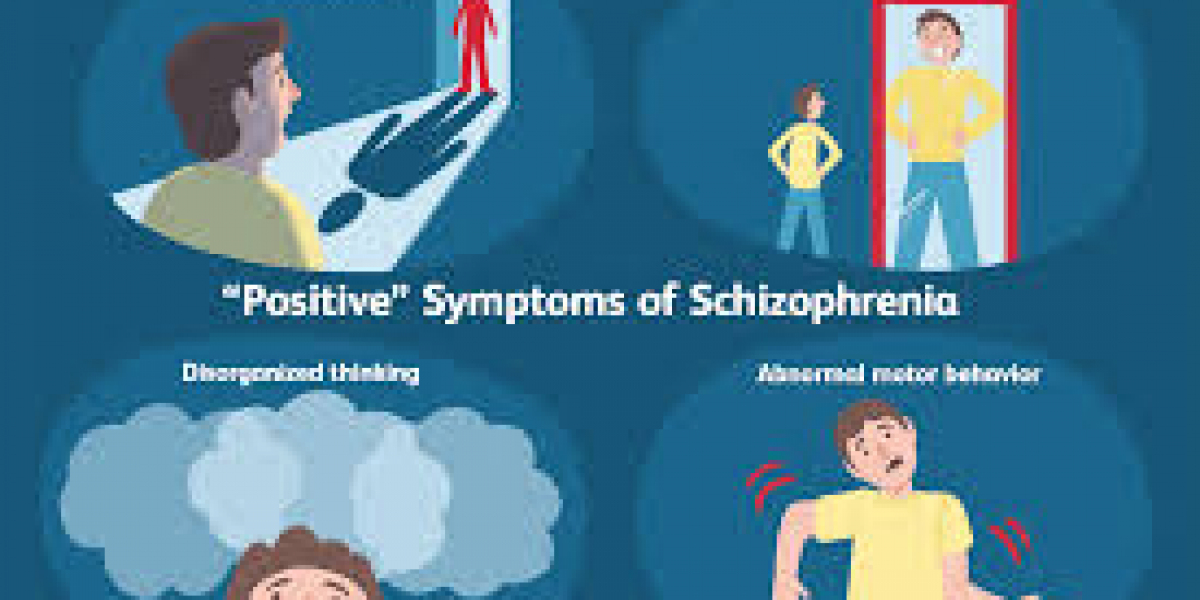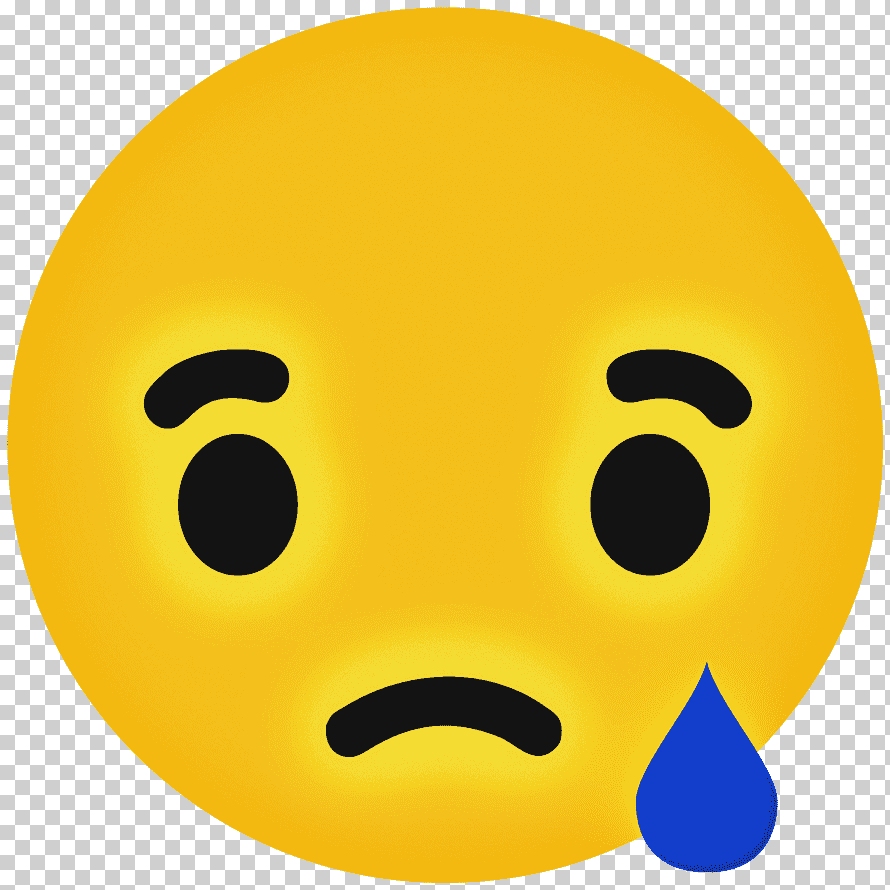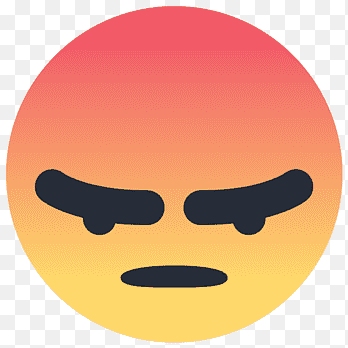Maintaining healthy, vibrant hair requires the right treatments to address specific concerns like damage, frizz, or thinning. This guide provides insights into various hair treatments, helping you choose the best solutions to transform your hair.
Understanding Different Hair Treatments
Hair treatments target various issues, whether you're looking to repair damage, boost growth, or tame frizz. Knowing the available options and how they work will help you make informed decisions.
Types of Hair Treatments: In-Salon vs. At-Home
There are two main categories of hair treatments: in-salon and at-home. In-salon treatments, like keratin and PRP therapy, are typically more intense and long-lasting. At-home treatments, such as masks and oils, are easier to incorporate into a regular routine and offer gradual improvements.
How to Choose the Right Treatment for Your Hair Type
To choose the right treatment, consider your hair type and concerns. For fine or thinning hair, opt for volumizing or growth-boosting products. For curly or coarse hair, deep conditioning treatments can help with moisture retention. If your hair is color-treated, you'll need products that prevent fading while nourishing the strands.
Treatments for Damaged Hair
Damage from heat styling, chemicals, or environmental factors can leave hair dry, brittle, and prone to breakage. Specialized treatments are necessary to repair and restore hair health.
Deep Conditioning and Moisturizing Masks
Deep conditioning masks are designed to infuse moisture deep into the hair shaft. These masks often contain ingredients like shea butter, argan oil, and keratin, which help hydrate and rebuild the hair's structure. Weekly use of a conditioning mask can drastically improve texture and reduce breakage.
Protein-Based Treatments to Strengthen Hair
Protein treatments, such as keratin treatments, work by replenishing the protein lost from hair due to damage. These treatments help strengthen weak, fragile hair, making it more resilient. Protein treatments should be used with caution, as overuse can lead to stiffness and breakage.
Hair Growth and Thinning Treatments
Common issues with hair loss and thinning can be resolved with targeted treatments that increase hair density and encourage new hair growth.
Platelet-Rich Plasma (PRP) for Hair Regrowth
In order to stimulate hair follicles, PRP treatment entails injecting plasma rich in growth factors into the scalp. Those who are experiencing hair loss may benefit from this therapy by encouraging new hair growth. PRP is frequently given as a course of treatments, with outcomes becoming apparent over a few months.
Minoxidil and Other Hair Growth Products
Minoxidil, which comes in foam and topical solutions, is an FDA-approved therapy for hair loss. It functions by promoting hair renewal by boosting blood flow to the scalp. Biotin and peptides are common elements in other hair development treatments that feed and stimulate the scalp and follicles.
Smoothing and Frizz Control Treatments
Frizzy, unruly hair can be difficult to manage, but smoothing treatments provide long-lasting sleekness and shine.
Keratin Treatment for Sleek, Smooth Hair
Keratin treatments smooth the hair by infusing it with a protective protein layer. This treatment reduces frizz and leaves the hair soft, shiny, and more manageable for up to several months. Keratin treatments are ideal for those with thick, curly, or frizzy hair looking for a sleek, straight look.
Brazilian Blowout: What You Need to Know
The Brazilian Blowout is a smoothing treatment similar to keratin but uses a different formulation that allows more flexibility in styling. It eliminates frizz while allowing you to maintain volume. This treatment is popular for providing smooth, shiny hair without the flat, pin-straight look.
Color-Treated Hair Treatments
Special attention is needed to preserve the vitality of color-treated hair while guarding against fading and damage.
Hair Masks and Shampoos for Colored Hair
Color-safe hair masks and shampoos are formulated to protect the hair's pigment while providing deep hydration. Look for sulfate-free options that won't strip color. These products also help repair damage caused by the dyeing process.
Protecting and Maintaining Hair Color
Using UV protectant sprays and color-protecting treatments helps shield hair from environmental damage that can cause fading. Incorporating products specifically designed for colored hair ensures longer-lasting vibrancy and healthier hair.
Natural and DIY Hair Treatments
For a more holistic approach, natural treatments offer effective solutions using everyday ingredients, often providing nourishment without harsh chemicals.
Coconut Oil and Other Natural Remedies
A well-liked home cure for dry and damaged hair is coconut oil. It intensively moisturizes hair and shields it from future damage by penetrating the hair shaft. Hair may be strengthened and given a shine again with the help of other natural oils like argan and olive oils.
DIY Hair Masks for Soft, Healthy Hair
Homemade hair masks using ingredients like avocado, honey, and egg can deliver similar results to store-bought treatments. These masks help nourish the scalp, repair damage, and add softness and shine. Regular use of DIY treatments can be a cost-effective way to maintain hair health.
Advanced Treatments for Severe Hair Damage
For severe hair damage or significant hair loss, advanced treatments offer more intense solutions.
Hair Botox: What It Does and How It Works
Hair Botox is a deep conditioning procedure that fills in the spaces between the hair fibers to restore damaged hair. Frizz is reduced, luster is restored, and hair looks healthier and fuller. Hair Botox is less invasive on the hair and formaldehyde-free than standard keratin treatments.
Laser Therapy for Hair Restoration
Low-Level Laser Therapy (LLLT) uses red light to stimulate hair follicles and promote hair growth. This non-invasive treatment is used for individuals experiencing hair thinning or early-stage hair loss. Results typically take several months to become noticeable, with multiple sessions required for optimal results.
FAQs
How often should I get a hair treatment?
Depending on the type of treatment and your hair type, the frequency of hair treatments varies. While PRP therapy or keratin treatments should only be performed every few months for optimal results, deep conditioning treatments can be performed every week.
What is the best treatment for damaged hair?
Usually, a mix of protein treatments and deep conditioning masks is the best way to repair damaged hair. They help stop more damage by replenishing moisture and strengthening hair.
Are natural treatments as effective as salon treatments?
Natural treatments can be effective, especially for maintaining hair health or addressing mild damage. However, for more severe damage or specific issues like frizz or thinning, professional salon treatments often provide longer-lasting results.
Can I combine different hair treatments?
Yes, you can combine different treatments, but it's important to do so carefully. For example, you can use a protein treatment followed by a deep conditioning mask. However, avoid using too many treatments at once to prevent product overload.
Conclusion
Various hair treatments are available, from deep conditioning masks to advanced therapies like PRP and laser treatment. Whether you're dealing with damage, frizz, or thinning hair, choosing the right treatment for your specific needs will help restore your hair's health and vitality. You can maintain smooth, healthy, and beautiful hair by integrating regular treatments into your routine.








